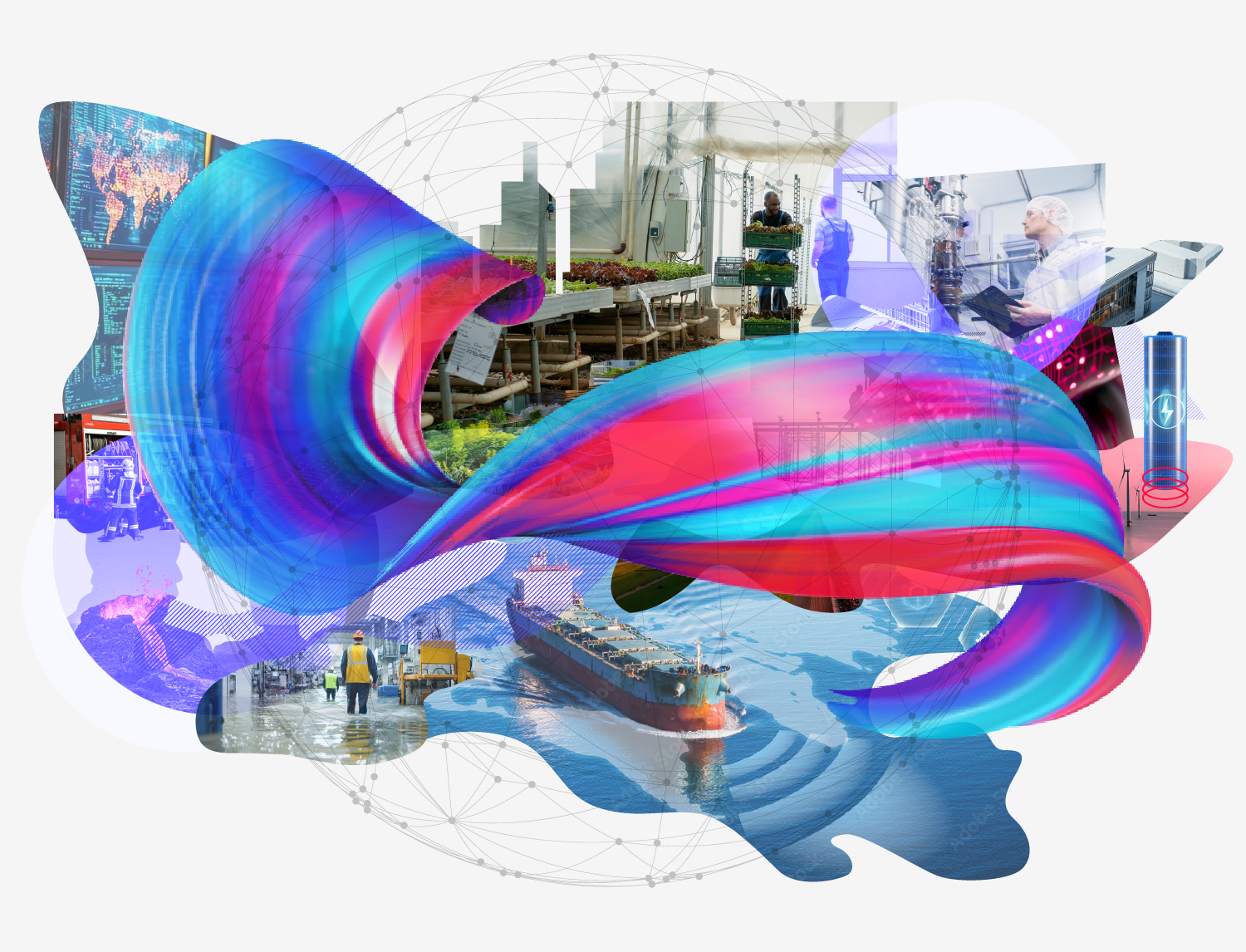In 2025 more non-traditional partnerships (e.g., retail + health tech, logistics + fintech) are emerging as faster routes to solve complex problems.
What Is Cross-Industry Collaboration and Why Is It Taking Off?
Cross-industry collaboration refers to strategic partnerships between organisations from different sectors that pool capabilities, customers, technologies and business models. Dun & Bradstreet+1
Key distinguishing features:
- Unlike traditional partnerships (same industry, incremental goals), cross-industry collaborations aim for transformation—new business models, new markets, and higher value. Dun & Bradstreet
- They leverage diverse expertise (e.g., a retailer’s customer-data know-how + a health-tech start-up’s remote-care platform) and complementary assets (distribution, technology, regulation).
- They accelerate innovation cycles because each partner brings distinct capacity, reducing duplication and enabling faster go-to-market. jimmylustig.com+1
The reason this is exploding now: the problems organisations face (supply-chain shock, customer expectation shifts, regulatory complexity, sustainability demands) are cross-sector by nature. No single industry has all the tools. Hence the shift to ecosystems, not silos. SocialTargeter+1
Value Creation: How Businesses Gain
Why should a company bother with a partner outside its industry? Because the payoff can be substantial.
- Access to new customer bases and channels: By collaborating outside one’s core industry, you open up adjacent markets. For example, a logistics provider might partner with a fintech firm to offer embedded payments in deliveries.
- Faster innovation and lower risk: Shared investment, shared capability; partners bring what they’re good at, and the combined unit moves faster. Dun & Bradstreet+1
- Differentiation and business-model innovation: New combinations of value propositions—e.g., retail + health-tech offering “shop & monitor your health” experiences—create differentiation. Indiatimes notes that in 2025 sectors like retail, real-estate, healthcare, tech and fashion are collaborating to “solve problems faster and serve people better”. Indiatimes
- Resilience and adaptability: Cross-industry models build more resilient value-networks. If one sector is disrupted, the diversified collaboration can buffer risk.
- Leveraging ecosystem thinking: In a world where ecosystems matter more than individual organisations, collaboration across sectors is increasingly a strategic imperative.
For innovation strategists like you and for business developers in the UAE and beyond, focusing on the boundary-crossing partnerships is where new value will be unlocked, especially given how Abu Dhabi / UAE are positioning themselves as innovation hubs with multi-industry ambitions.
Examples & Emerging Patterns
Here are three illustrative patterns of cross-industry collaboration in 2025:
- Retail + Health-Tech
Retailers with strong consumer reach partner with health-tech platforms to deliver wellness services in store or via delivery/logistics. The alliance gives health brands access to consumer-footprint data, and retailers a differentiated service offering. Indiatimes highlights this kind of movement. Indiatimes - Logistics + Fintech
Logistics firms and fintech partners embed payments, credit, insurance with delivery services—offering customers bundled-services at the “last mile”. This is an example of two asset-heavy sectors combining for value beyond the sum of the parts. - Real-Estate + Mobility + Tech
Real-estate developers team with mobility-tech and IoT firms to integrate smart-living, micro-mobility, and digital services into planned communities. This cross-industry model shifts from building apartments to building “living ecosystems”. Indiatimes mentions real-estate collaborating with healthcare, logistics and fintech. Indiatimes
These examples show that the most value emerges at the intersection of business domains and technology domains—where customer journeys traverse multiple sectors, and the partners share customer data, digital platforms, and physical infrastructure.
Strategic Imperatives: How to Make It Work
To adopt cross-industry collaboration effectively, organisations must go beyond simply signing alliances. Here’s the strategic playbook:
1. Define shared value, not just shared cost
Partners must articulate what value they will co-create—new revenue streams, new customer experiences, new business models—not just cost-sharing.
2. Establish governance and operating model suited to cross-sector realities
Different sectors bring different culture, regulation, pace. Set up governance, metrics, decision rights and escalation paths. The “operating model” must reflect this complexity.
3. Leverage complementarity
Select partners where one side brings skills the other doesn’t: tech, customer access, regulation, physical infrastructure. The difference matters.
4. Map ecosystem roles and flows
Map how data, customer access, operations, revenue flows will circulate across partners. Understand dependencies and how to make the collaboration smoother.
5. Build modular, scalable platforms
Because partners may come and go, or new sectors join, design your collaboration so it’s modular and interoperable. Avoid heavy custom integrations.
6. Be ready to transform culture and mindset
Cross-industry means different mindsets: agility from tech, regulatory stiffness from healthcare, service orientation from retail. Bridging these requires leadership and change management.
7. Measure both speed and impact
Because one of the selling points is faster innovation, track cycle-time to market. But also track business impact: new revenue, cost avoidance, customer-experience improvement.
Looking Ahead
In 2025, we are witnessing a shift in how innovation is organised. No longer confined to internal labs or same-industry ecosystems, the work of transformation is happening where industries merge. Cross-industry collaboration isn’t a nice-to-have—it’s becoming an operating model for innovation.
Companies that embrace it will move faster, disrupt less and be disrupted less. Firms that stay trapped in their vertical thinking risk being bypassed by ecosystem players who combine assets across sectors. From Abu Dhabi to global markets, the opportunity lies in building the bridges between sectors rather than fortifying your silo.
Follow Tomorrowist for more insights on innovation, deep tech, and value creation.





